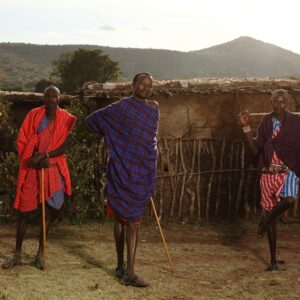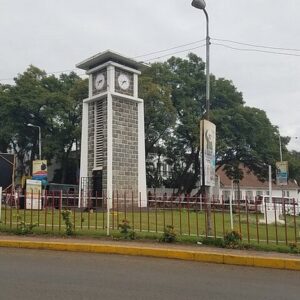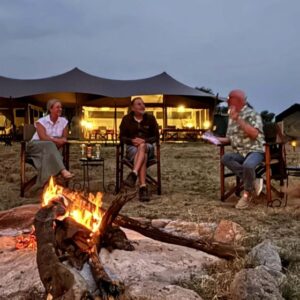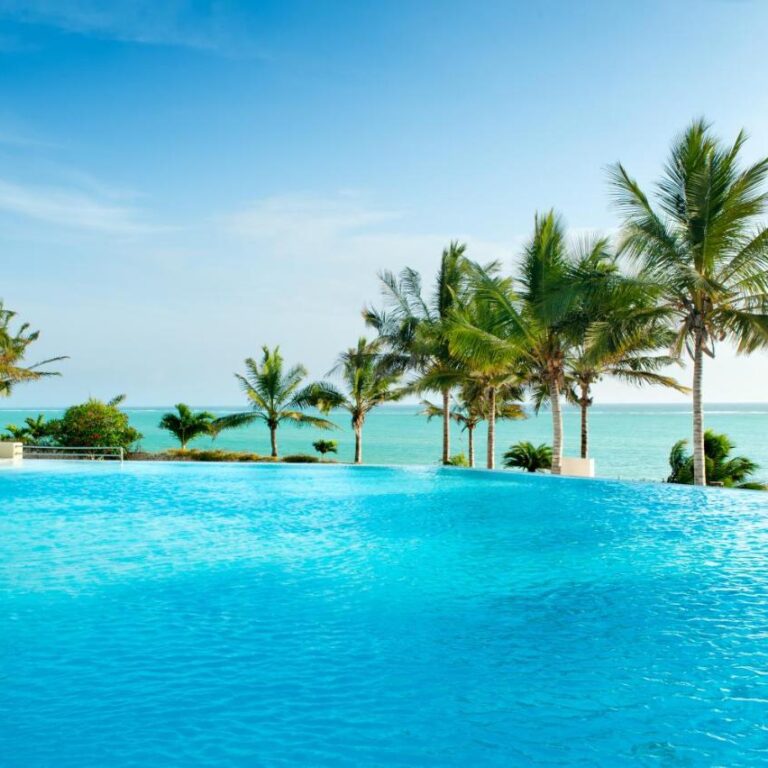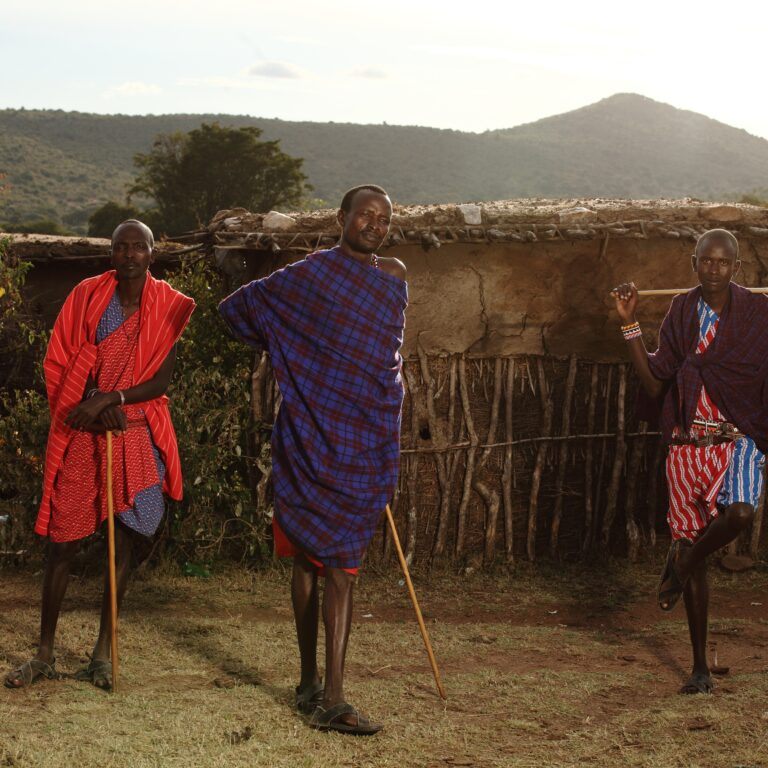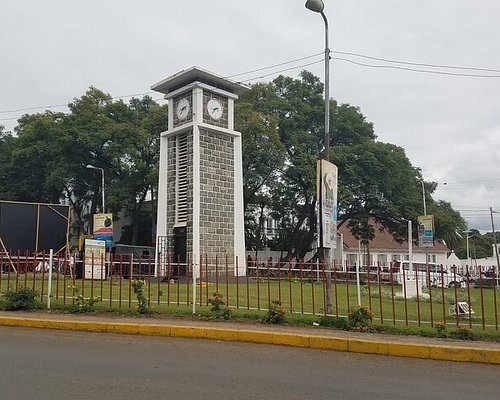Climbing Mount Kilimanjaro, Africa’s iconic peak, its a dream for many, but a common question that arises in the planning stages is: “How long does it really take to climb Kilimanjaro?” The answer isn’t a simple fixed number of days, as it’s influenced by a variety of factors. While elite athletes might sprint to the summit in mere hours, the average trekker embarks on a multi-day journey designed for safety and acclimatization, making the experience vastly different.
For the vast majority of trekkers, climbing Mount Kilimanjaro takes between 5 to 9 days. This timeframe includes the ascent to Uhuru Peak (the summit) and the subsequent descent back to the park gate. Most reputable tour operators and park authorities strongly recommend itineraries of 7 days or longer to maximize safety and increase the chances of a successful summit.
Factors Affecting How Long It Takes to Climb Kilimanjaro
Several critical factors play a role in determining the ideal duration for your Kilimanjaro adventure. The duration of a Kilimanjaro climb varies, typically ranging from 5 to 9 days, but several factors influence the exact length. These include the chosen route, acclimatization strategy, individual fitness and hiking experience, weather conditions, and the pace of the trekking group.
Route Selection. This is perhaps the most significant factor. Different routes have varying lengths, profiles, and, crucially, acclimatization opportunities. Some routes are inherently longer due to their winding paths or higher starting points.
Acclimatization. The human body needs time to adapt to the progressively lower oxygen levels at high altitudes. A slower ascent over more days allows for better acclimatization, reducing the risk of altitude sickness and increasing summit success rates. This is the single most important consideration for duration.
Physical Fitness. While not the sole determinant, a higher level of physical fitness can make longer days more manageable. But it doesn’t necessarily mean you should choose a shorter route. Even the fittest individuals need adequate time to acclimatize.
Weather Conditions. While operators generally advise on the best seasons, unpredictable weather can occasionally slow down a climb. Heavy rains can make paths more challenging, and strong winds or snow on the summit at night can force a slower pace.
Group Size & Dynamics. Larger groups might inherently move more slowly, as the pace its often set by the slowest member for safety reasons. The dynamic within a group can also influence decision-making regarding pace and rest.
Personal Preferences. Some climbers prefer a more leisurely pace, with more time to soak in the stunning scenery and diverse ecosystems. Others might have a tighter schedule. However, personal preference should always be balanced with safety considerations.
Budget. Longer climbs generally incur higher costs due to additional park fees, guide and porter wages, food, and supplies for extra days. This can sometimes tempt climbers to choose shorter, riskier itineraries to save money.
How Long Does It Take to Climb Mount Kilimanjaro on Each Route?
Climbing Mount Kilimanjaro typically takes between 5 and 9 days, depending on the route chosen and the climber’s acclimatization rate. Shorter routes like the Marangu route can be completed in 5-6 days, while longer routes like the Northern Circuit can take 8-9 days. The duration also impacts acclimatization, with longer routes generally offering better chances of summit success. Kilimanjaro offers a variety of routes, each with its recommended duration:
Marangu Route (Coca-Cola Route). 5 or 6 days. The 5-day option is very fast and has the lowest success rate. The 6-day option is slightly better but still considered rapid. This route uses hut accommodation. \
Machame Route (Whiskey Route). 6 or 7 days. The 7-day option is highly recommended as it incorporates the “climb high, sleep low” principle for better acclimatization. Known for its scenic beauty.
Lemosho Route 7 or 8 days. The 8-day option is considered one of the best for acclimatization and has very high success rates. It’s often praised for its remote start and stunning views.
Rongai Route 6 or 7 days. The 7-day option provides better acclimatization. This route approaches from the north, offering a different perspective and being drier during the rainy season.
Umbwe Route 5 or 6 days. This is the shortest, steepest, and most direct route, and therefore has the lowest success rate. It’s only recommended for very experienced trekkers with prior high-altitude exposure.
Northern Circuit Route 9 or 10 days. This is the newest and longest route, circumnavigating much of the Kibo massif. It offers the best acclimatization profile and, consequently, the highest success rates. It’s also renowned for its panoramic views and solitude.
You Can Climb Kilimanjaro in 5 or 6 Days, But Is It Worth the Risk?
While it’s technically possible to climb Kilimanjaro in 5 or 6 days, particularly on routes like Marangu or Umbwe, it is generally not worth the risk. The primary reason for longer itineraries is to allow your body adequate time to acclimatize to the decreasing oxygen levels. Opting for a shorter climb significantly increases your risk of developing severe altitude sickness (Acute Mountain Sickness – AMS, High Altitude Pulmonary Edema – HAPE, or High Altitude Cerebral Edema – HACE). HAPE and HACE are potentially fatal conditions.
Even if you don’t develop life-threatening symptoms, severe AMS can make the climb miserable, force you to descend prematurely, and prevent you from reaching the summit. The slightly lower cost or shorter time commitment often results in a failed attempt and a compromised safety profile.
When Is It a Good Idea to Opt for a Shorter Kilimanjaro Climb?
The best recommended time to climb Kilimanjaro is during its dry season, spanning from December to mid-March and late June to October. There are very few scenarios where a shorter Kilimanjaro climb (5 or 6 days) is advisable: Prior High-Altitude Experience. If you have recent, successful experience at altitudes similar to or higher than Kilimanjaro’s summit (e.g., above 5,000 meters or 16,000 feet) and know how your body reacts to low oxygen, you might consider a 6-day option, but even then, longer is safer.
Excellent Physical Condition (and Acclimatization Awareness). While fitness alone doesn’t guarantee acclimatization, someone in peak physical condition who is acutely aware of altitude sickness symptoms and willing to descend immediately if needed might manage a slightly faster ascent. This is rare and still carries higher risks. Residing at High Altitude. Individuals who live at significantly high altitudes (e.g., above 2,500 meters or 8,000 feet) on a continuous basis might have a natural advantage in acclimatization, potentially allowing for a marginally shorter trip. For the vast majority of first-time climbers or those without extensive high-altitude experience, prioritizing a longer itinerary is always the safest and most successful strategy.
How Long Does It Take to Descend Kilimanjaro?
Descending Kilimanjaro typically takes about two days. The first day involves a descent from the summit to a lower camp, which can take around 5-7 hours, followed by a second day of hiking down to the park gate, potentially another 4-6 hours. The descent from Kilimanjaro is surprisingly swift compared to the ascent. After summiting, climbers typically spend a short time at Uhuru Peak before beginning the long walk down.
Summit to Barafu Camp (or Kibo Hut). This part of the descent, immediately after summiting, usually takes 2-4 hours (depending on the route). Barafu Camp to Mweka Camp (or equivalent). After a short rest and some food, climbers continue their descent for another 3-5 hours, reaching a lower camp (usually Mweka Camp) on summit day. So, summit day itself can be 12-16 hours of continuous trekking. Mweka Camp to Mweka Gate. On the final day, the descent from Mweka Camp (or your final camp) to the park gate typically takes another 3-5 hours. Overall, the descent from the summit back to the park gate generally takes about 1.5 to 2 days, making it considerably faster than the ascent.
Fastest Times to the Summit of Mount Kilimanjaro by Elite Athletes
While regular trekkers take days, elite endurance athletes have pushed the boundaries of speed on Kilimanjaro: Karl Egloff (Switzerland/Ecuador). Holds the recognized fastest round-trip record. In August 2014, he ascended and descended Kilimanjaro in an astonishing 6 hours and 42 minutes. Kilian Jornet (Spain). A legendary mountain runner, Jornet set an unassisted ascent record in September 2010, reaching the summit in an incredible 4 hours and 56 minutes. This record focuses solely on the ascent time without porter support. These times are achieved by highly specialized, supremely fit athletes running much of the route and carrying minimal gear, demonstrating feats of human endurance far beyond what a typical trekker should attempt or even consider.
How long does it take to climb Kilimanjaro up and down?
Climbing Mount Kilimanjaro typically takes 5 to 9 days round-trip, depending on the chosen route and acclimatization needs. Most climbers ascend slowly to reduce the risk of altitude sickness, spending 4 to 7 days going up and 1 to 2 days descending. Popular routes like Machame and Lemosho favor 7-day itineraries for better success rates. While fit hikers can move faster, rushing increases health risks. Overall, a well-paced climb up and down Kilimanjaro averages about a week.
How do you Train for High Altitude and Low Oxygen Environments?
Training for high altitude and low oxygen involves building cardiovascular endurance, strength, and acclimatization. Focus on aerobic exercises like running, hiking, and cycling, ideally at increasing elevations if possible. Strengthen your legs and core through resistance training. Simulate altitude using hypoxic masks or altitude tents if natural elevation isn’t accessible. Gradual exposure to higher elevations helps your body adapt to lower oxygen levels. Proper hydration, nutrition, and rest are essential throughout training. Consistency and progressive intensity are key to preparing safely and effectively for high-altitude environments.
How Far Do You Walk Each Day on Kilimanjaro?
On average, you can expect to walk between 10-15 kilometers (6-9 miles) per day when climbing Mount Kilimanjaro, though the exact distance varies by route and itinerary, and initial days may involve shorter distances for acclimatization.
Daily Hiking Distances by Route:
Marangu Route: Approximately 5-15 kilometers (3-9 miles) per day.
Machame Route: Around 49 kilometers (30 miles) over 6 or 7 days.
Lemosho Route: Typically 70 kilometers (43 miles) over 7-9 days.
Rongai Route: Approximately 65 kilometers (40 miles) over 6-7 days.
Northern Circuit Route: The longest, at 90-100 kilometers (56-62 miles) over 8-9 days.
Umbwe Route: Around 48 kilometers (30 miles) over 6-7 days, known for being shorter and steeper.
In Summary
While the allure of a quick climb might be tempting, the best approach to climbing Mount Kilimanjaro is to embrace the journey. Allowing sufficient time for acclimatization across 7 to 9 days is not merely a recommendation; it is the cornerstone of a safe, successful, and truly unforgettable experience on Africa’s highest peak.


